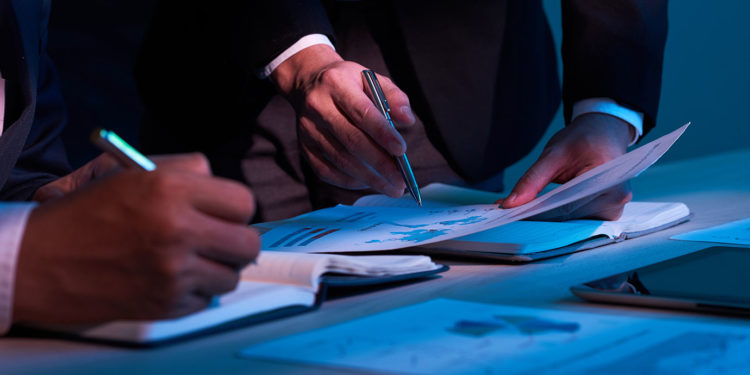Zhar Research has released a new report, “Solid State Cooling Markets 2024-2044”, revealing that smart material researchers and manufacturers are pivoting to address cooling. Just as batteries and electricity generation have transitioned from toxic, flammable liquids and gases to safe, “everlasting” smart solids, cooling technology is beginning to follow suit.
The report notes that the choice of solid-state cooling now includes active cooling (powered by electricity or other energy sources) and passive cooling. Examples of active cooling options include thermoelectric, electrocaloric, magnetocaloric, barocaloric, elastocaloric, and twistocaloric cooling. Zhar Research is particularly impressed by electrocaloric cooling due to its enormous potential and has identified barocaloric and elastocaloric cooling as worth watching.
Thermoelectric cooling is also being reinvented with low-cost materials, ferrons, spin-driven effects and metal oxide framework thermoelectrics, which have been substantially funded for the first time this year. This is beneficial when powerful, precise cooling in a small area is needed, such as for the 1kW microprocessors arriving soon in robotics and elsewhere.
The report finds that the planned product launches and research pipeline for solid-state cooling will mainly involve passive cooling, typically fit-and-forget, affordable, without heat or toxicity issues. This includes new thermal interface materials, heat spreaders, heat sinks, and other thermal conductors. Additionally, the market is seeing the introduction of passive daylight radiative cooling (PDRC), which sends heat into space through the infrared window (8–13 μm).
Dr Peter Harrop, CEO of Zhar Research, commented, “While it is good to be in at the beginning, added value materials suppliers should not expect to fully replace traditional vapor compression cooling for air conditioning any time soon. However, much new solid-state cooling can do part of the task in a given installation, reducing cost and stopping cities cooking by up to an extra 3C from aircon. The better options avoid toxicant issues.”
He added, “Substantial emerging applications such as new thermal interface materials for large batteries and cooling solar panels will still drive the market for solid-state cooling to more than triple to over $100 billion in 2024. Indeed, we shall raise that forecast if certain speculative options overcome their challenges.”
According to Zhar Research, the total cooling equipment market is projected to reach $1.4 trillion in 2044, driven by global warming and developing countries. This will require cooling equipment to become more affordable and retrofittable, taking up less space and being more environmentally friendly.
The post Manufacturers of Smart Materials Shift Focus to Solid-State Cooling first appeared on BusinessMole.















